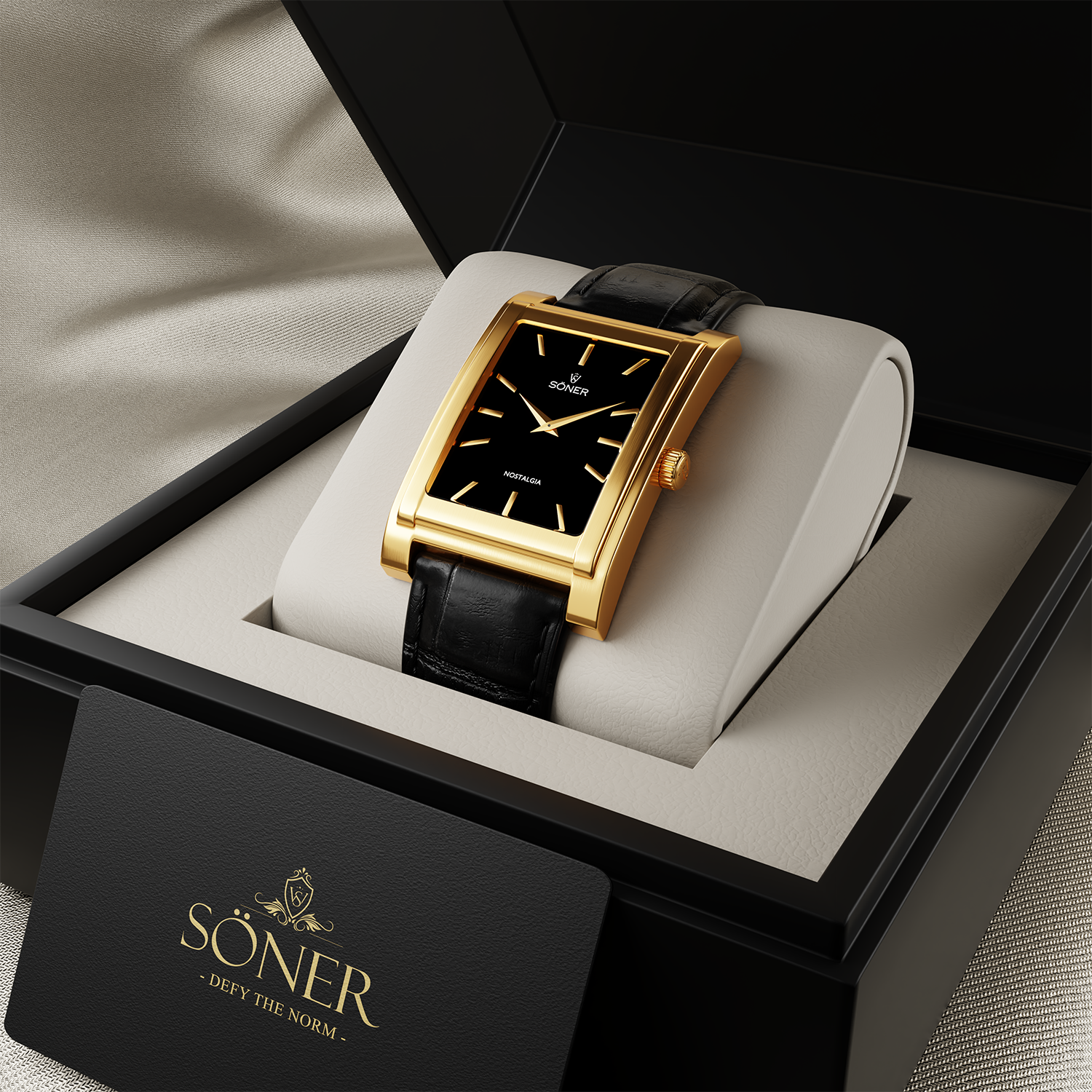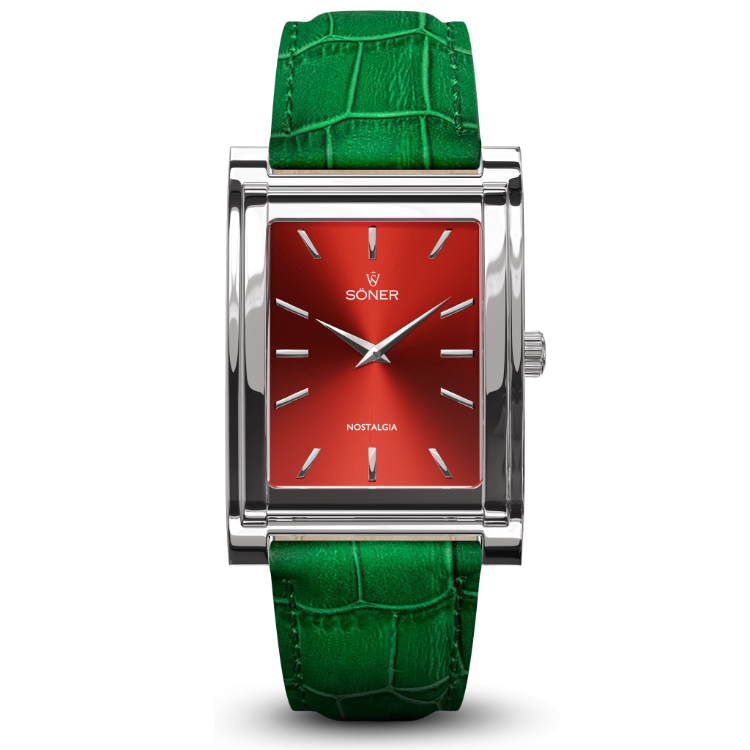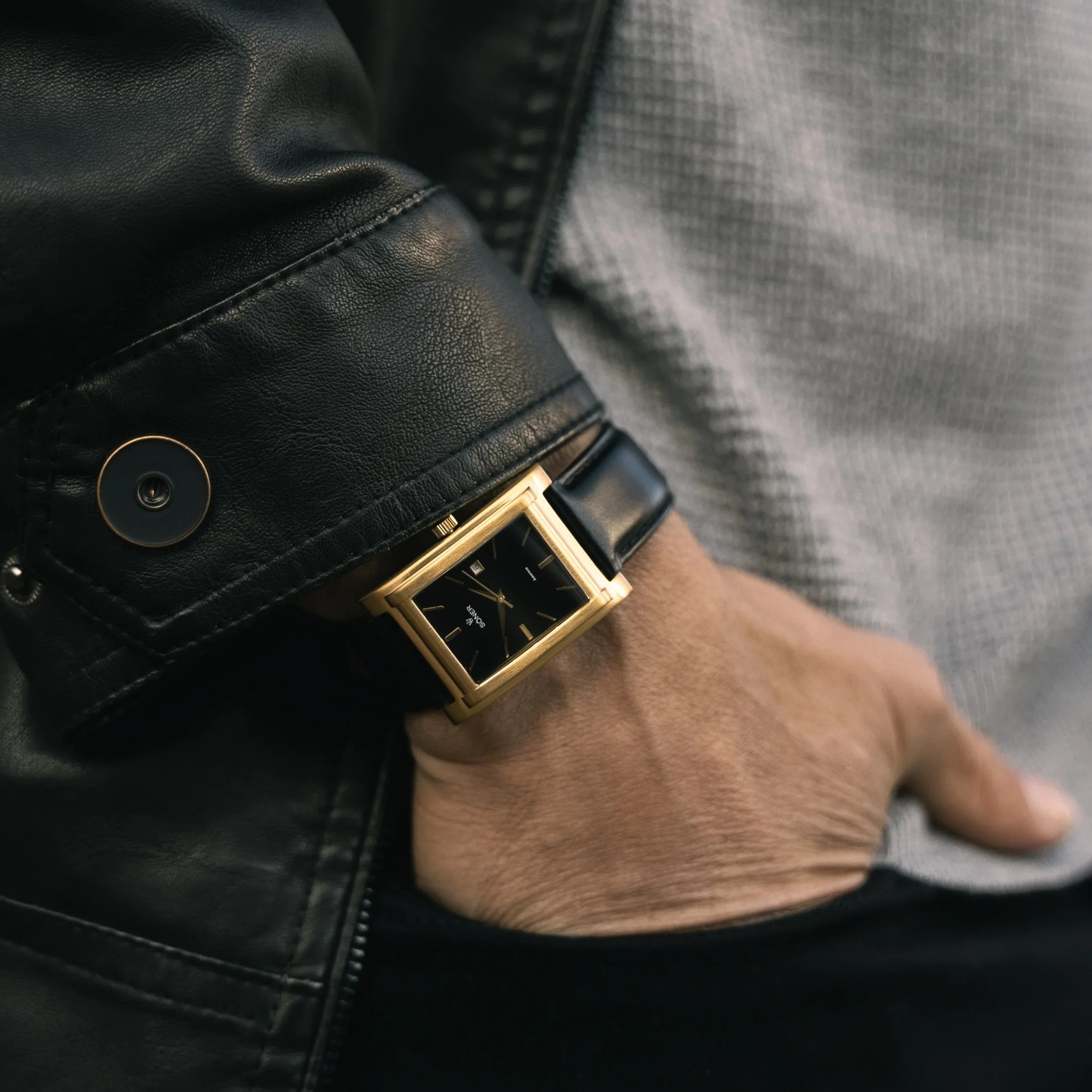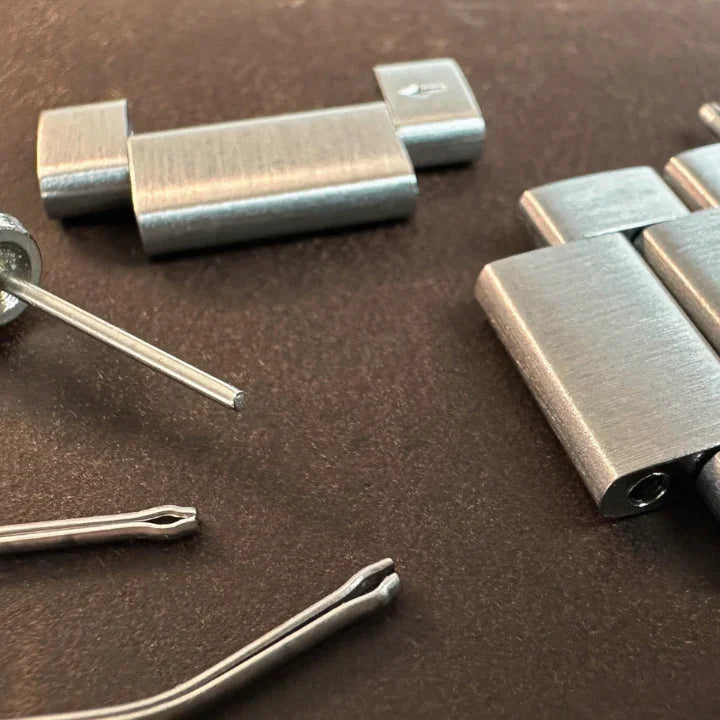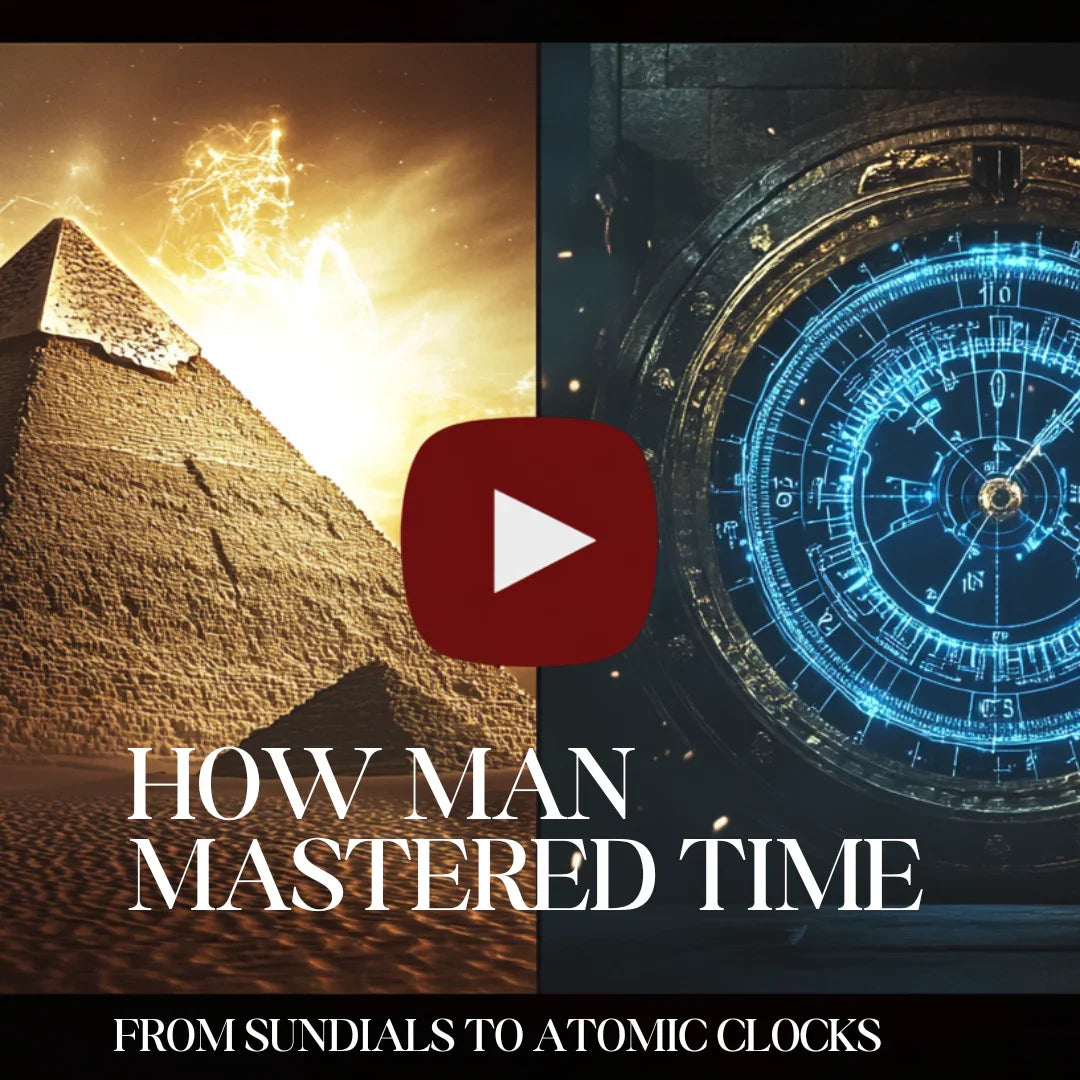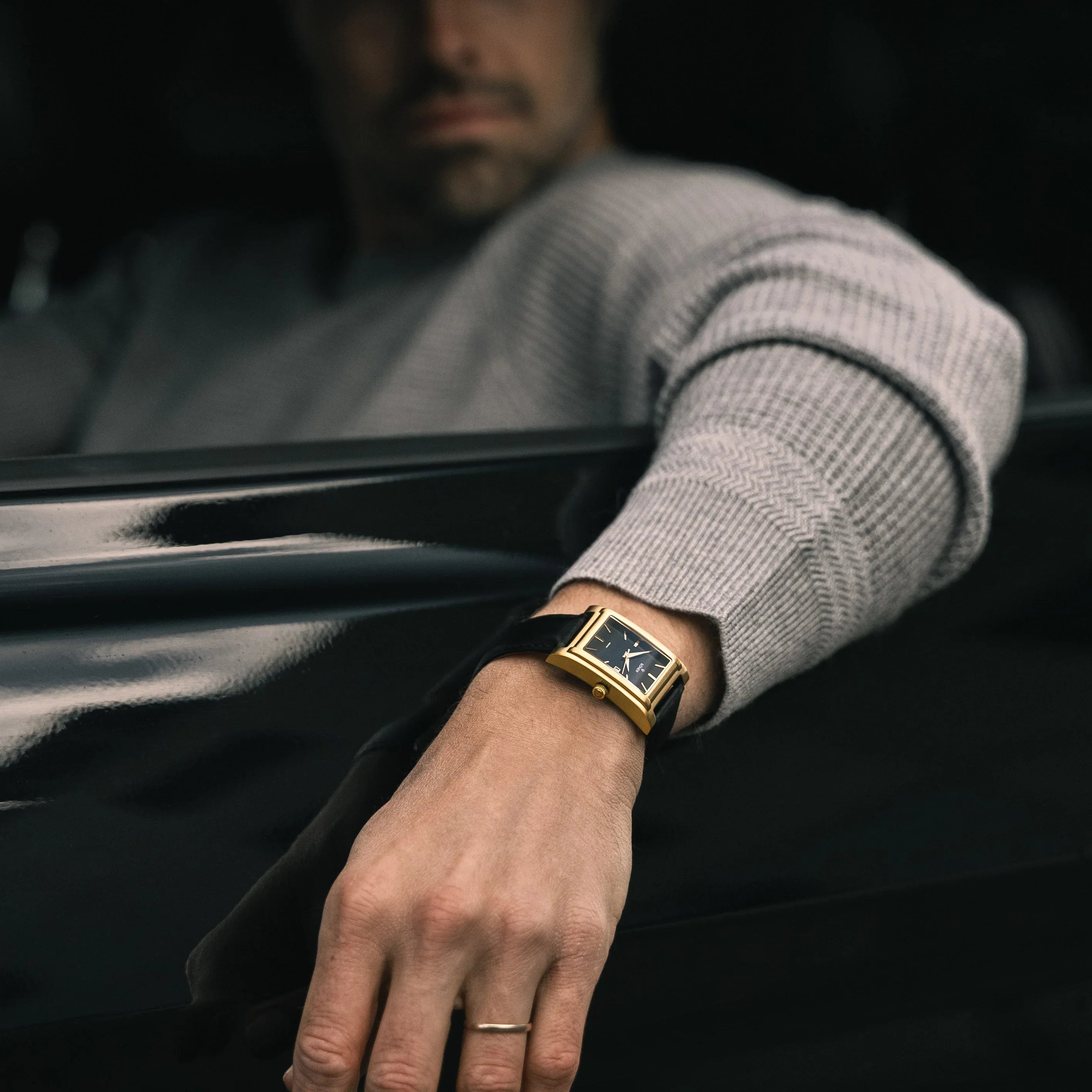Table of Contents
The history of Luminescence and watches
On all our Momentum watches we use the Swiss C3 Super-LumiNova®. This pigments are the choice of the Swiss watch industry for the highest possible afterglow performance. The materials are all 100% Swiss made and available in selected grades.
Swiss C3 Super-LumiNova® is non-radioactive, REACH compatible, highly temperature resistant and resistant to environmental influences.
It works like a light storage battery, where light charges the battery and afterwards the light is continuously emitted. This activation and subsequent light emission process can be repeated again and again, and the material does not suffer any ageing.
It is chargeable with sunlight or artificial light. Mixed with a suitable specific binder, Swiss C3 Super-LumiNova® is applied on dials and hands.

The history of "lume"
Glowing dial and hands on a watch are a clear sign of quality. Few if any of the cheaper (even many established branded watches lack this) the watches have invested in luminous components. If you find a watch with luminous details, you can be sure it is a quality watch.
The first attempts to apply luminescence to wristwatches date back to the time around the First World War. At the time, it was about mixing the radioactive material radium with zinc sulfide.
Over the years, the health effects of radium became better known and the amount of radium used in watches gradually decreased to a point when a watch had a 1/100 amount of radium compared to the watch of the early 20th century.
In 1968, the use of radium in wristwatches was banned, which required new solutions. Tritium was the choice. Tritium was activated via the same method as radium; radioactive tritium was mixed with zinc sulphide. The difference between radium and tritium is the level of radiation and the half-life. The amount of radiation from radium is at the top of the scientific scale while tritium is at the other end with a radiation comparable to being X-rayed in the hospital. At the same time, the half-life of radium is 1,600 + years, and for tritium, the half-life is only twelve years. That's why many tritium watches from the 1960s rarely have any luminescence left on their components.
Although tritium is less radioactive than radium, there were still health aspects to consider in the 1960s. As with radium in the 1920s, the use of tritium led to new reforms and regulations. Dials using tritium were marked with "T" or "TT" or "H3", the symbol of tritium, heavy hydrogen.
As tritium was used in the watches, the search for other alternatives to produce luminescence continued. This led to the use of completely new substances, substances that were not radioactive and which could not generate luminescence by themselves, but that required an external light source, called photoluminescence material. Radiomimetic materials such as tritium are always active while the photoluminescence materials must be "charged" by an external light source to activate the luminaire property. Immediately after charging, a phot luminescent watch is normally brighter than a radio luminescent watch. However, the brightness will decrease over time as it "discharges". The brightness of a watch with tritium will always remain constant.
By the end of 1990, the use of tritium with zinc sulphide had mostly been phased out in favor of the non-radioactive substances.






